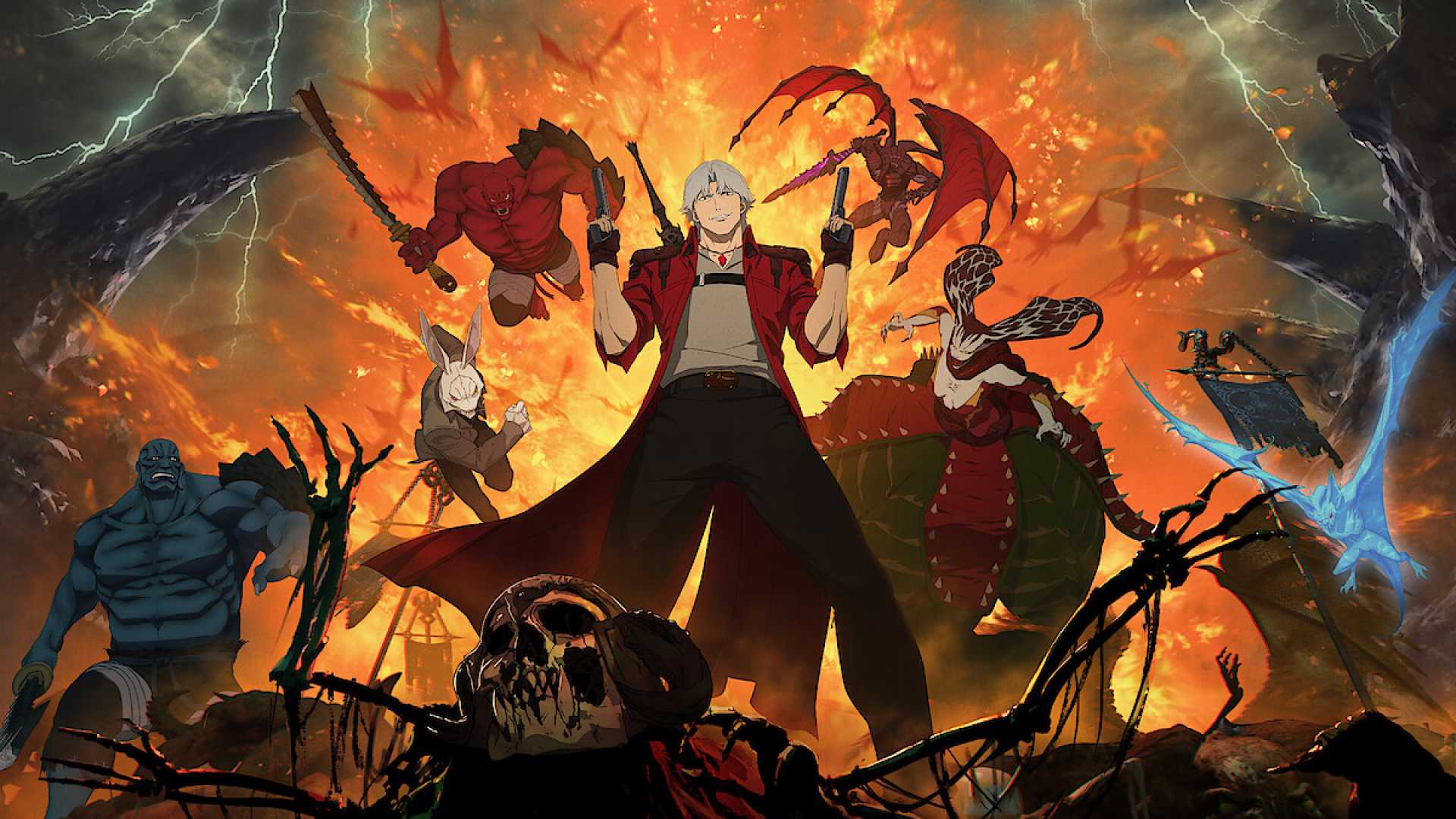Entertainment
Netflix’s Devil May Cry: A Visually Stunning Yet Flawed Adventure

LOS ANGELES, CA — Netflix has premiered its latest animated series, “Devil May Cry,” based on the popular video game franchise originally launched by Capcom in 2001. The eight-episode series focuses on Dante, a demon hunter whose actions are crucial in a conflict between the human and demon realms. Although the beginning of the show struggles with pacing, its later episodes introduce unexpected depth and originality, ultimately making it a noteworthy addition to the streamer’s catalog of adaptations.
“Devil May Cry” starts with an extensive exposition about the rules and magic systems that govern its universe, which can feel repetitive. Critics have highlighted that these initial scenes might deter viewers. The first half could benefit from a more dynamic approach, but by the sixth episode, the show gains momentum, drawing viewers into its visual storytelling and engaging action sequences. This pivotal moment sets the stage for an impactful finale.
Johnny Yong Bosch lends his voice to the central character, Dante, whose character arc and witty demeanor resonate well with audiences. As the narrative unfolds, viewers witness Dante’s transformation from a seemingly immature jokester into a more layered character grappling with his identity as a demon hunter. Actress Scout Taylor-Compton voices Mary, a character initially presented as a foil to Dante. Throughout the episodes, both characters develop a rapport that adds complexity to their archetypal roles.
The show’s narrative does not shy away from deeper themes, including critiques of American imperialism and government overreach. Each element is wrapped in a vibrant aesthetic, complete with an engaging soundtrack that enhances the series’ overall tone. Music from artists like Limp Bizkit punctuates action scenes, intertwining the nostalgia of the early 2000s with the show’s contemporary energy.
Despite its flaws, including bouts of juvenile humor and uneven character development, “Devil May Cry” manages to evoke a sense of enthusiasm among fans of the genre. The series notably pays homage to earlier influences while carving its own identity. Hoon Lee voices the main antagonist, the White Rabbit, who shows a depth that adds an unforeseen layer to the conflict, and the exploration of his motivations invites viewers to engage with the story on a new level.
One of the standout episodes features unique animation that shifts the storytelling dynamics, showcasing a departure from the standard action sequences viewers have come to expect. This episode, paired with the series’ exploration of character backstories, highlights the animation studio’s prowess and enhances the overall viewing experience. Critics agree this episode elevates the show, showcasing the artistic talent behind its production.
Looking forward, the finale serves as a clear setup for an anticipated second season, hinting at unresolved conflicts and character arcs that ask for further exploration. Fans are eager to witness how these themes evolve and what new battles Dante will face. Although the first season reaches its midpoint before fully capturing potential, its character-driven storytelling and thrilling action sequences leave many hopeful for its future.
In conclusion, “Devil May Cry” stands out as a visually compelling adaptation. While it has room for improvement in narrative and character pacing, the series captivates through its engaging animation, humor, and well-rounded action sequences. As Netflix continues to explore adaptations of beloved video games, “Devil May Cry” exemplifies both the challenges and successes of transitioning such narratives to the screen, leaving fans excited for what’s next.












